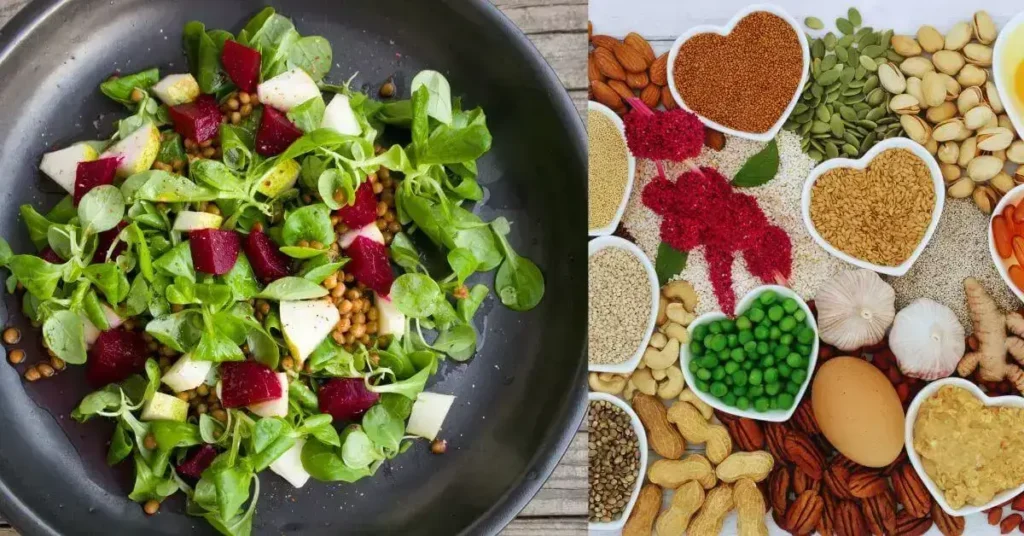Making an applicable Best Diet Schedule for Weight Loss involves a balanced approach focusing on nutrition, portion control, and timing. Tailoring the diet to individual preferences and lifestyles is essential to ensure sustainability. Here’s a sample Best Diet Schedule for Weight Loss that can be considered a general guideline:
Morning (6:00 AM – 9:00 AM)
- Wake Up (6:00 AM): Start with a glass of warm water with lemon to hydrate and kickstart your metabolism.
- Breakfast (7:00 – 8:00 AM): A high-protein, fiber-rich meal to keep you full. Options include oatmeal with berries and nuts, a smoothie with spinach, fruits, and protein powder, or scrambled eggs with vegetables.
Mid-Morning Snack (10:00 AM – 11:00 AM)
- Healthy Snack: A piece of fruit, a small handful of nuts, or a yogurt to keep your energy levels steady.
Lunch (12:00 PM – 1:00 PM)
- Balanced Meal: Focus on lean protein, complex carbohydrates, and vegetables. For instance, we have grilled chicken or fish with a quinoa salad, greens, or a hearty vegetable soup with whole-grain bread.
Afternoon Snack (3:00 PM – 4:00 PM)
- Low-Calorie Snack: Options like carrot sticks with hummus, a small piece of cheese with apple slices, or a whole-grain cracker with avocado.
Dinner (6:00 PM – 7:00 PM)
- Light and Nutritious: Dinner should be the lightest meal of the day. Opt for stir-fried vegetables with tofu or a piece of grilled fish with roasted vegetables. Avoid heavy carbohydrates and choose leafy greens and lean proteins.
Evening (8:00 PM onwards)
- Herbal Tea or Warm Milk: A soothing drink can help signal your body that it’s time to wind down. Avoid caffeine or sugary drinks.
General Tips:
- Stay Hydrated: Drink at least 8 glasses of water throughout the day.
- Portion Control: Be mindful of portion sizes to avoid overeating.
- Mindful Eating: Eat slowly and without distractions to improve digestion and meal satisfaction.
- Avoid Late Night Eating: Try to finish eating at least 2-3 hours before bedtime to aid digestion and weight loss.
- Variety: Include a variety of foods in your diet to ensure you get all the necessary nutrients.
Remember, these are general guidelines and might need to be adjusted based on individual dietary needs, preferences, and goals. It’s always a good idea to consult a nutritionist or dietitian for personalized advice. A successful Best Diet Schedule for Weight Loss often combines a healthy diet with regular physical activity.
FAQs on Best Diet Schedule for Weight Loss
Q1: How many meals should I eat daily for effective weight loss?
A1: It’s generally recommended to have three balanced meals (breakfast, lunch, dinner) and one or two healthy snacks. However, this can vary based on individual preferences, lifestyle, and dietary needs.
Q2: Can I eat carbs and still lose weight?
A2: Yes, you can eat carbs and lose weight. Focus on complex carbohydrates like whole grains, fruits, and vegetables, which provide essential nutrients and fiber.
Q3: Is it okay to skip meals to lose weight faster?
A3: Skipping meals is not advisable as it can slow your metabolism and lead to later overeating. Consistent, balanced meals are essential.
Q4: How important is water intake in weight loss?
A4: Critical. Water helps boost metabolism, cleanse the body of waste, and act as an appetite suppressant. Aim for at least 8 glasses a day.
Q5: Should I avoid fats altogether?
A5: No, not all fats are bad. In moderation, healthy fats like avocados, nuts, seeds, and olive oil. They’re essential for nutrient absorption and can keep you satiated.
Q6: Is it necessary to count calories?
A6: While calorie counting can be helpful for some, it’s optional for some. Focus more on the food quality and listening to your body’s hunger cues.
Q7: Can I have cheat meals?
A7: Occasional cheat meals are okay, as they can help you stick to your diet in the long term. However, moderation is key.
Q8: How do I handle cravings?
A8: Find healthy alternatives, stay hydrated, and eat balanced meals to reduce cravings. Sometimes, cravings can also be a sign of emotional eating.
Conclusion
The best weight-loss diet schedule is balanced, sustainable, and tailored to individual needs. It should include a variety of nutrients from whole foods, stay within caloric needs, and fit into your lifestyle. Remember, weight loss is not just about diet; it’s also about an overall healthy lifestyle, including regular exercise, adequate sleep, and stress management. Consider consulting a healthcare professional or a dietitian for personalized advice and guidance. Consistency, patience, and a positive attitude are critical components in this journey toward a healthier you.


